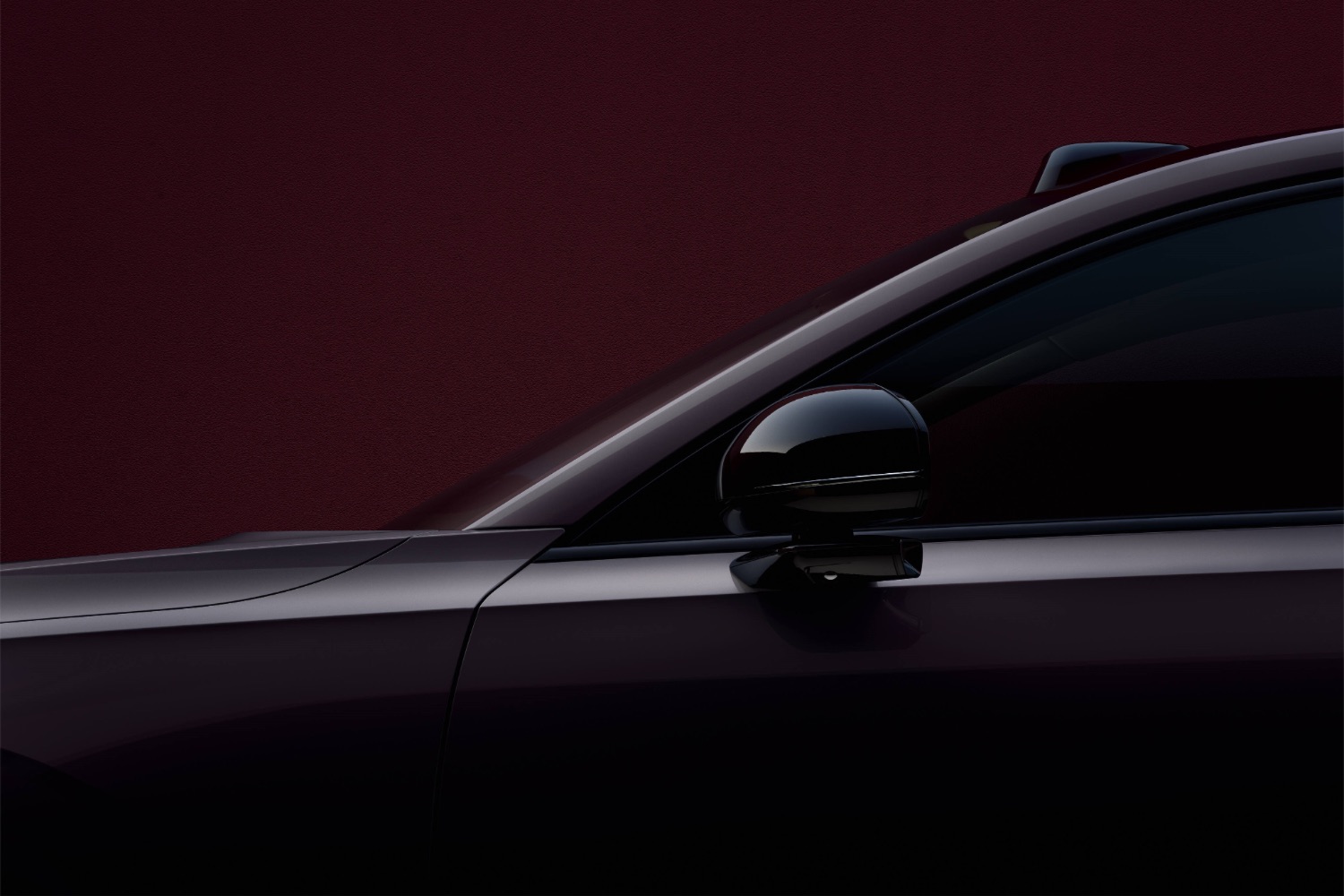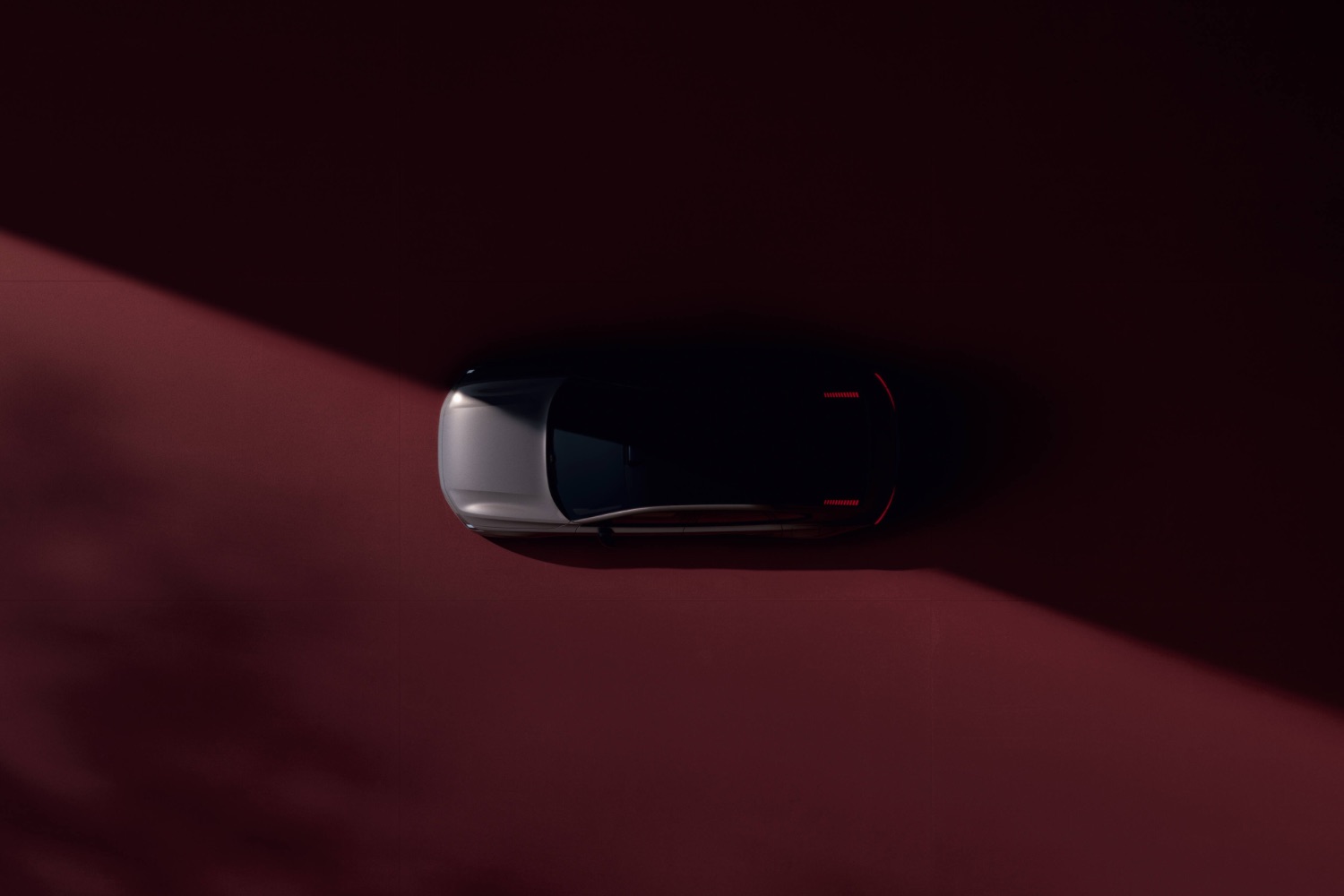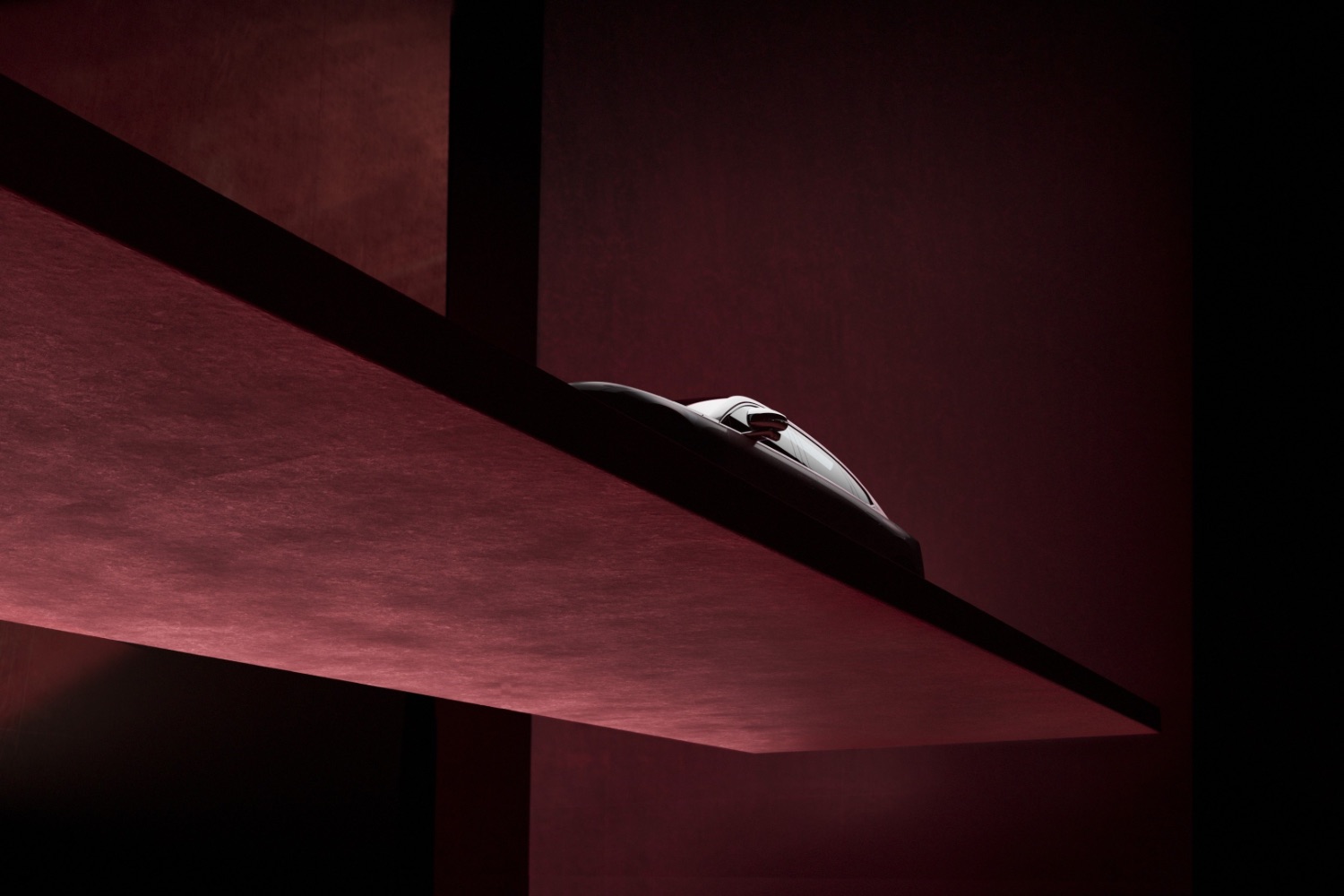Volvo is on the cusp of launching its new ES90 all-electric four-door saloon, which will be a rival to the likes of the BMW i5, Audi A6 e-tron, and the Mercedes EQE. It’s big news for a brand, which has been exceptionally SUV-heavy of late and, frankly, a welcome breath of low-slung fresh air.
What’s the new ES90 going to be like?

We don’t have many details about the ES90 yet, other than that it will share its SPA2 platform, batteries, and motors with the EX90 seven-seat SUV and also with the Polestar 3. That should give us plenty of clues as to its potential performance and range (700km should be do-able…) but until we know more, Volvo is giving us a bit of an off-Broadway preview by showing us these cropped images, and talking about the car’s impressive-sounding computing system.
So, the ES90 is one of Volvo’s first models to be ‘software-defined’, which basically means it’s been designed around the concept of continual improvements and updates through regular over-the-air software upgrades. These can be something as simple as changing the look of the digital instruments, or something more fundamental such as new coding for the electric motors or the battery management systems which can unlock a little more range.
To do that, Volvo is using a dual NVIDIA Drive AGX Orin configuration for its in-car computing, and it’s not only the first Volvo to use this powerful system, designed by computing and chip experts NVIDIA, it’s also “the most powerful car we have ever created in terms of core computing capacity. This allows us to further raise the bar on safety and overall performance through data, software and AI”, says Volvo.
How powerful is all this computing tech?

According to the data we’ve seen, the NVIDIA setup can handle around 508 trillion operations per second (also known as TOPS) while it manages functionalities such as AI-based, state-of-the-art active safety features, car sensors and efficient battery management. That’s the computing equivalent of a highly tuned V10 engine.
Compared to the performance of the previous NVIDIA system, called Xavier, the Orin is around eight times faster, while its ‘neural network’ style learning systems will allow it to “collect more data and continue to develop the model, with the overall goal of improving customer experience and - most importantly - safety levels.“ You may or may not be happy with that amount of data collection, but such concerns are being increasingly brushed aside by the tech world…
As well as the new computer system, the ES90 uses what Volvo calls its ‘Superset’ tech stack, which basically means that it makes use of one single set of hardware and software modules and systems that underpin all of Volvo’s upcoming electric cars. That maximises the options for sharing tech between models, as well as saving Volvo lots of development time and money.
How does it help the driver, though?

It also means that future improvements made for the ES90’s software can be rolled out to other models using the same bits and pieces and vice versa. “The Volvo ES90 is one of the most technically advanced cars on the market today and is designed to be improved further with time,” says Anders Bell, Volvo’s Chief Engineering and Technology Officer. “Built on our state-of-the-art Superset tech stack, the ES90 puts safety at the forefront.”
Speaking of safety, the ES90 will be equipped with one lidar, five radars, eight cameras and twelve ultrasonic sensors, as well as an advanced driver-understanding system inside the car. All of this adds up to what Volvo calls Safe Space Technology.
“We innovate in all areas of technology to become a leader in software-defined cars, and we’re channelling all our engineering efforts into one direction: making great cars that get even better over time,” says Anders Bell. “By combining the power of core computing and our Superset tech stack, we can now make safer cars more efficiently than ever before.”
We’ll have more details on the ES90 at its full unveiling next week.






